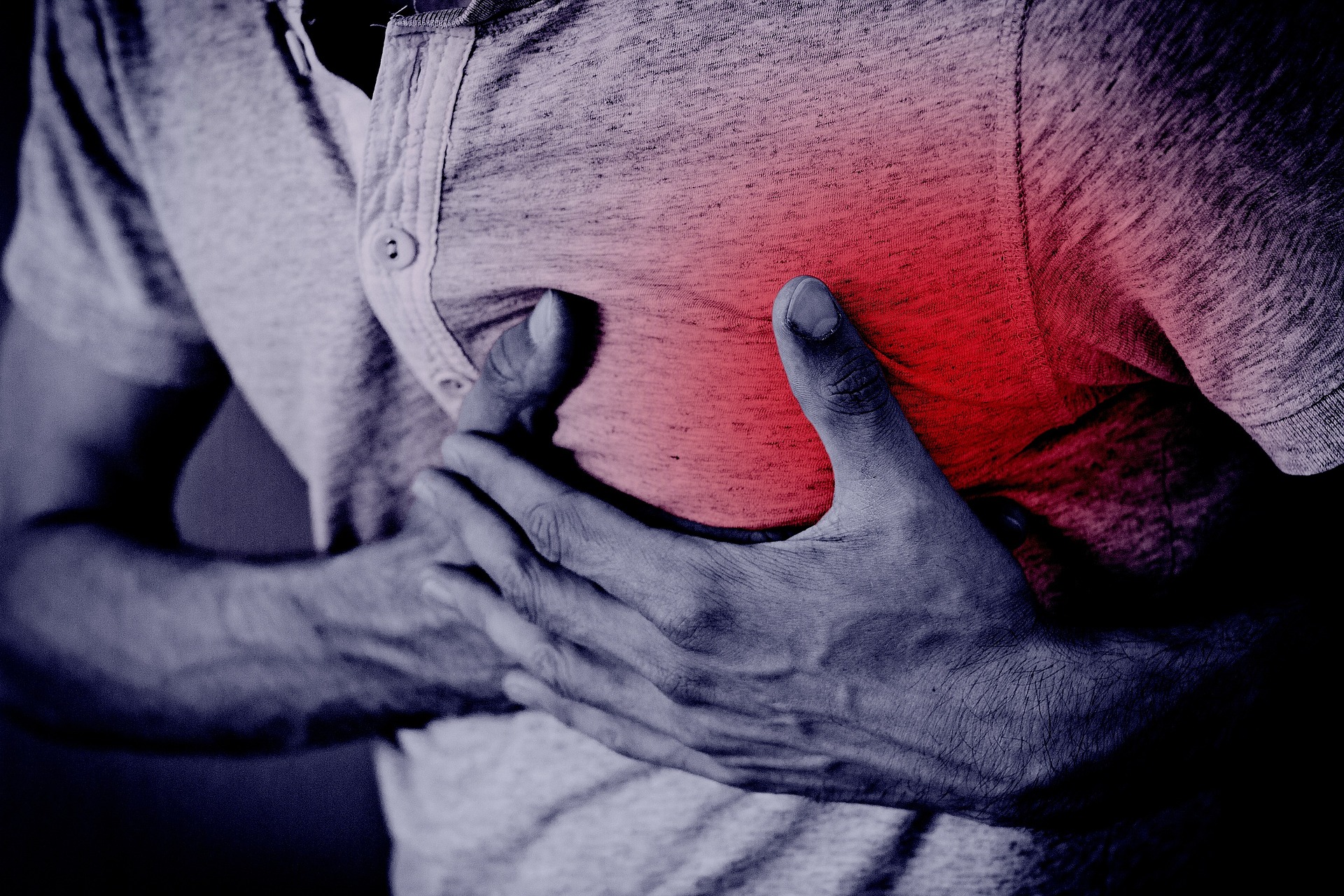Symptoms of a heart attack can vary from person to person, and some individuals may not experience any symptoms at all. However, some common symptoms of a heart attack may include:
- Chest pain or discomfort: This is the most common symptom of a heart attack. The pain may feel like pressure, fullness, squeezing, or burning in the chest.
- Pain or discomfort in other areas of the upper body: This may include pain in the arms, neck, jaw, back, or stomach.
- Shortness of breath: You may feel like you can't catch your breath or like you're suffocating.
- Sweating: You may break out in a cold sweat or feel clammy.
- Nausea or vomiting: You may feel sick to your stomach or actually vomit.
- Light-headedness or dizziness: You may feel like you're going to pass out.
- Fatigue: You may feel very tired, even if you haven't been active.

What are the 4 silent signs of a heart attack?
Four Signs of a Silent Heart Attack
- Chest Pain, Pressure, Fullness, or Discomfort.
- Discomfort in other areas of your body.
- Difficulty breathing and dizziness.
- Nausea and cold sweats.
- Know The Silent Signs of a Heart Attack — And Don't Ignore Them.
What is a pre heart attack?
A "pre-heart attack" is not a medical term that is commonly used by healthcare professionals. However, it may refer to a condition called angina, which is a warning sign of a potential heart attack.
Angina is a type of chest pain that occurs when the heart muscle does not receive enough oxygen-rich blood. It is often described as a feeling of pressure, squeezing, or tightness in the chest, but it can also be felt in the arms, neck, jaw, shoulder blades, back, or stomach.
Angina is often triggered by physical activity or emotional stress, but it can also occur at rest. If left untreated, it can increase the risk of a heart attack or other complications, such as heart failure or arrhythmias.
If you experience chest pain or other symptoms of angina, it is important to seek medical attention promptly. Your healthcare provider can evaluate your symptoms and recommend appropriate treatment, which may include lifestyle changes, medications, or procedures to improve blood flow to the heart.
How can I test myself for a heart attack?
Self-Check
- Chest pain, tightness, or pressure lasting for several minutes.
- Nausea, indigestion, heartburn, stomach pain, or vomiting.
- Breaking out in a cold sweat for no obvious reason.
- Sudden dizziness or lightheadedness.
- Pain that radiates down the left side of your body (generally starts from the chest and moves outward)
What should we do when someone gets Heart Attack?
If someone is experiencing a heart attack, it is important to act quickly to improve their chances of survival and minimize damage to the heart. Here are the steps you should follow:
- Call for emergency medical help: Dial the emergency services number (such as 911 in the United States) or the local emergency number in your country. Tell the operator that you suspect someone is having a heart attack, and provide your location and any other relevant information.
- Help the person rest: Encourage the person to sit or lie down and rest, and make them as comfortable as possible.
- Assist with medication: If the person has nitroglycerin tablets or spray, help them to take the medication as directed by their doctor. If they do not have this medication, do not give them anything without first consulting with medical professionals.
- Perform CPR if needed: If the person is unresponsive and not breathing, start CPR (cardiopulmonary resuscitation) immediately if you are trained to do so. If you are not trained, follow the instructions of the emergency operator.
- Stay with the person: Stay with the person until the ambulance arrives, and continue to monitor their condition.
Remember, time is critical in the event of a heart attack, so it is important to act quickly and seek medical help as soon as possible
Top Social Media Groups for Job Seekers, Marketers & Business People Click here to Join
